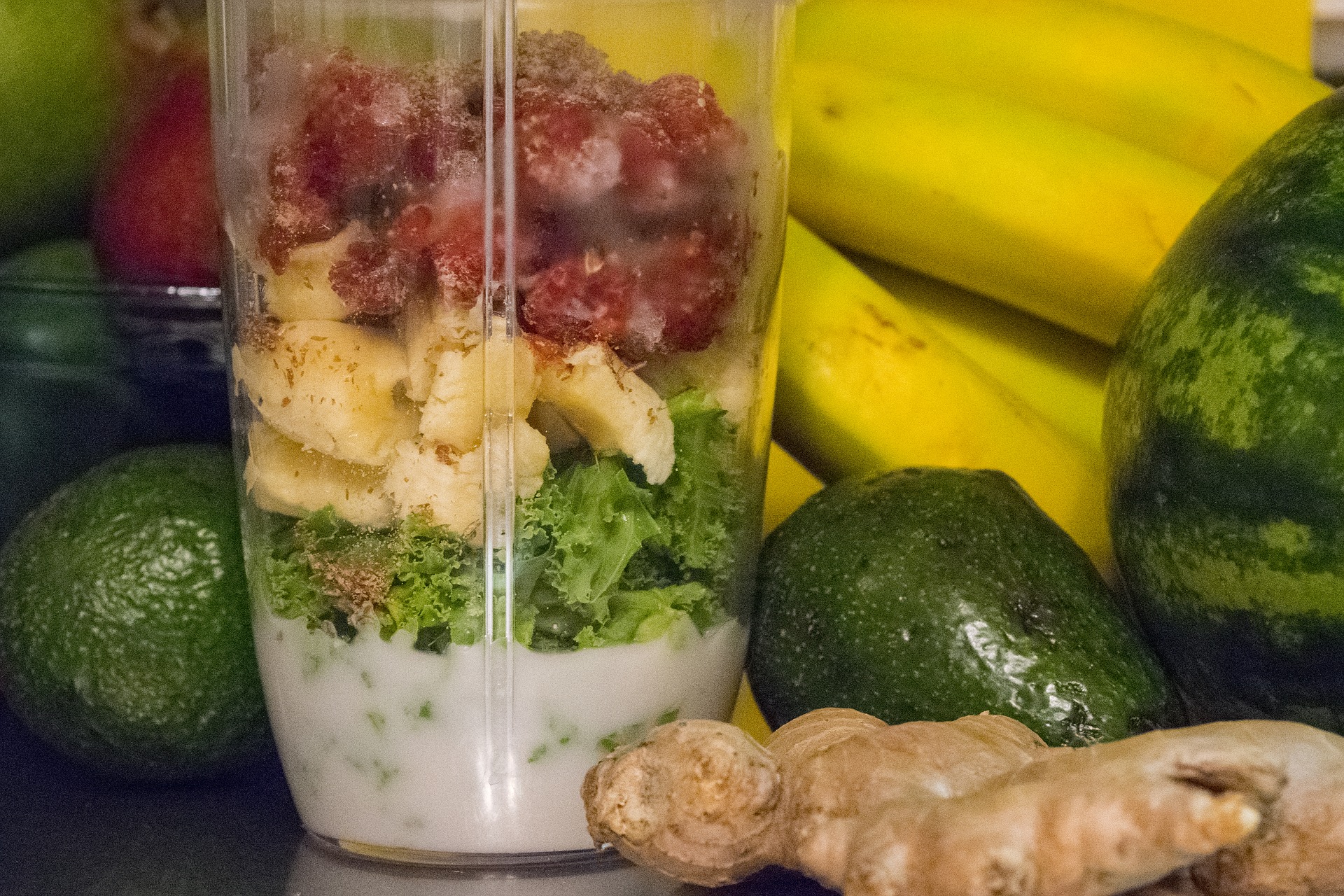Make Change Suck Less – Episode #6
If you’re a morning smoothie fan like I am, you likely own some kind of blender like a Nutribullet or Ninja. They’re small, but heavy duty and they mean business. You can stuff 16 ounces (400+ ml) of frozen stuff in there and top it off with some kind of liquid (creamy oat milk is my current go to) and blend away.
If you’re like me and watch the smoothifying process somewhat obsessively, you’ll notice an interesting pattern beyond the whirring. While the motor starts out strong with the blades whacking through the frozen stuff with abandon, it looks and feels like hard work. Frankly, you’re not sure it’s ever going to come together. But then, all of a sudden, in one simple, clarifying moment, the banana chunks stuck at the top of the cup finally get sucked in and, whew …it’s smooth sailing from there.
What’s this got to do with neural pathways?
Our brains’ most prominent patterns (kind of like software code that govern our outlook and behavior) are the product of years and years of living, coping and surviving in a world that doesn’t guarantee anyone’s safety, on top of centuries of inherited programing for the survival of our species. This means the primary focus of our brains is to simply remain alive at the end of the day, one day at a time.
According to the NeuroLeadership Institute: “Our brains have evolved to really like certainty, which stems from our basic drive to survive. We have evolved to predict and control our circumstances because doing so optimizes our ability to live.”
(It’s interesting to note that Merriam-Webster provides the following antonyms for the word “survive”: fail, fizzle, give out, peter (out), run out. So we can see how our perilous it would be for humanity if we let the ball drop on the survival idea.)
But don’t we get to do more than simply survive?
If you’re motivated to do anything more than simply survive, like thrive maybe, then you’ll need to adopt a workout regimen of sorts for your brain to develop some new neural pathways. You know it can be done, because I’m sure you know at least a few people who arise each day not just experiencing joy and contentment, but actually expecting to do so. Every day.
That’s not just personality at work. Nor does it have anything to do with wealth, health or privilege. It’s the product of a set of decisions (whether made consciously or not) to focus on living, not just surviving. And in the beginning, it took work.
Getting back to the smoothie…
Once we are fully formed adults, changing our mindset – the way we think, expect and behave – requires intention, commitment and discipline. It requires forming new neural pathways that allow us to go beyond focusing on minute-to-minute survival in order to experience, express and create more.
It’s not a simple thing. In the beginning, it feels a lot like stuffing a bunch of frozen produce (our intentions) into a blender cup, adding some liquid (commitment) and pulsing the hell out of it (discipline). Like with the blender motor, it looks and feels like hard work in the early days – awkward even. But keep the pressure on long enough, and all of a sudden, all the efforting dissolves into ease. And, lo and behold, you have formed a new neural pathway or two, and likely, an expanded mindset and experience.
This conscious and intentional expanding of our mindset is a prerequisite to developing ChangeAgility – the skills and practices that make change suck less.
Check out earlier episodes in our Make Change Suck Less series:
- Episode #1: What I Learned About Change From a Very Weird Plant on My Deck
- Episode #2: Resist Wisely… It Requires an Incalculable Amount of Energy!
- Episode #3: What If?
- Episode #4: What Does It Take to Dig a New Groove?
- Episode #5: Reasons to like Contraction AND Expansion
Expand your ability to respond to change in ways that will positively alter your life with our program “The 3 Essential Practices to Make Change Suck Less: Mindset, Resilience, Identity (MRI)”. And check out YOU LEAD, our peer coaching program for new and emerging leaders called YOU LEAD, or catapult your capability and impact with one-on-one executive coaching.





